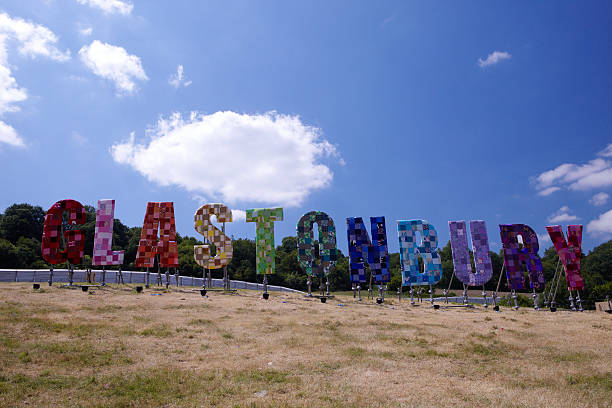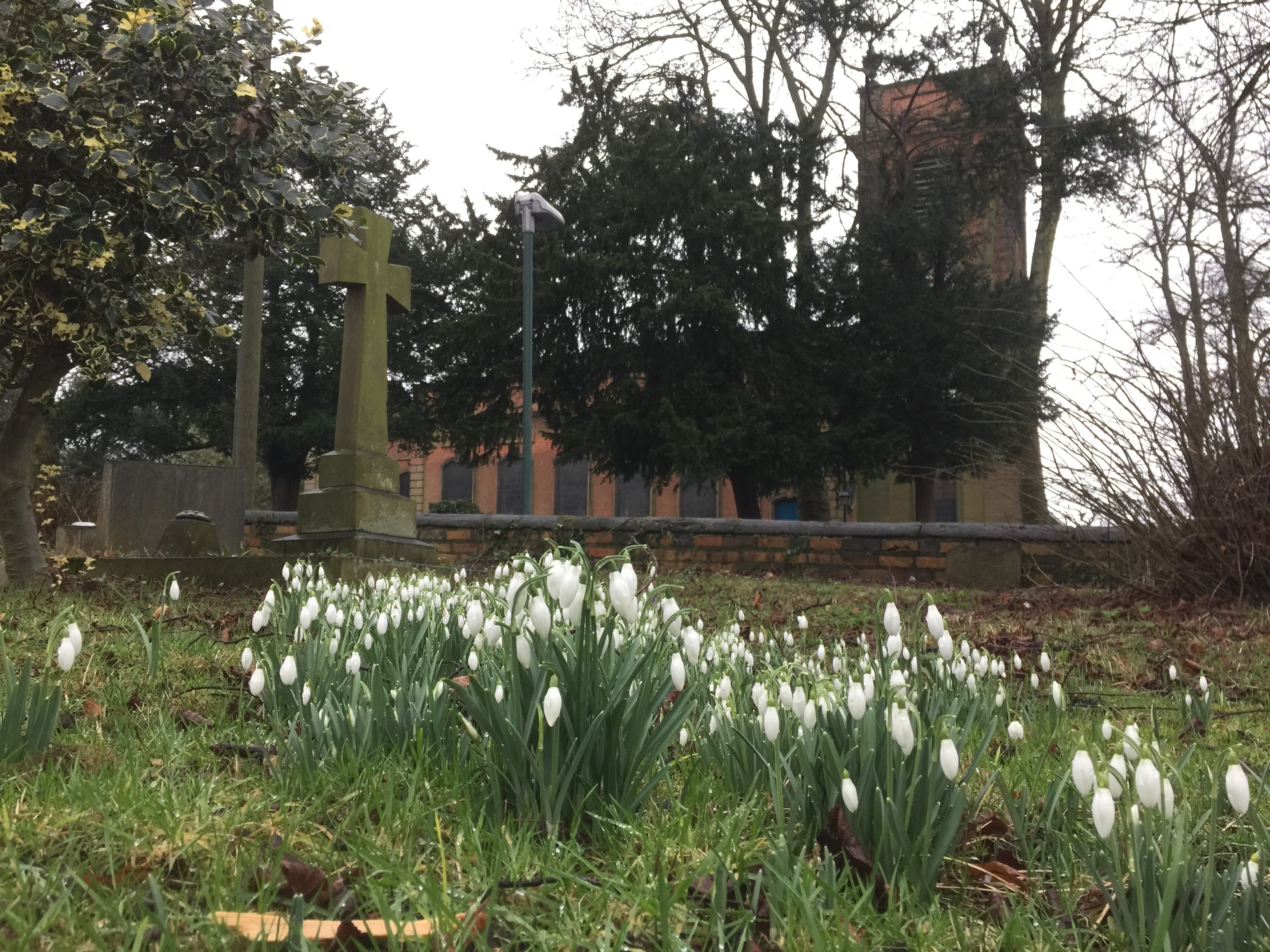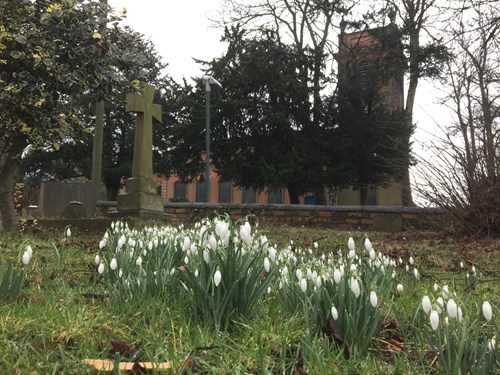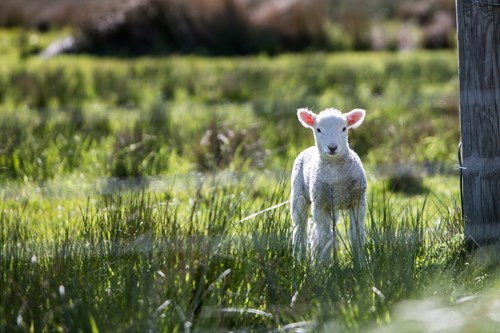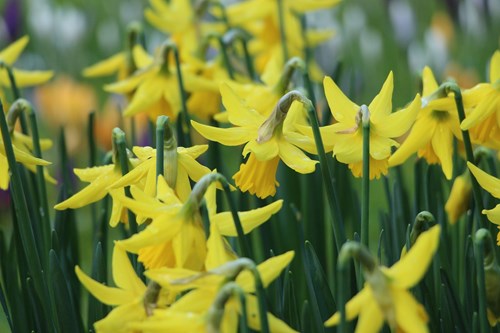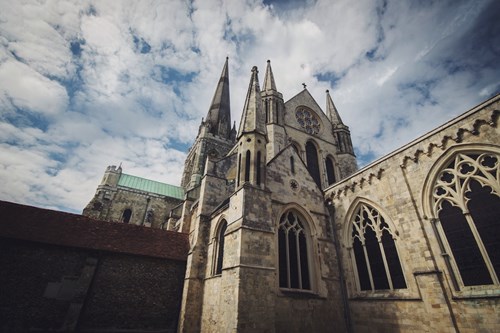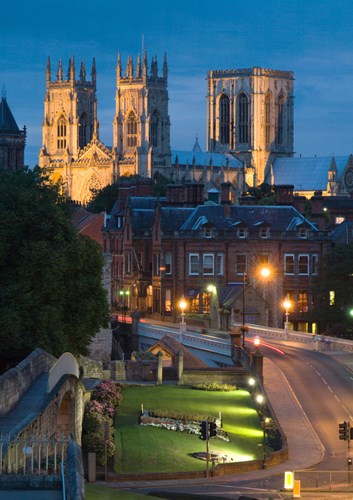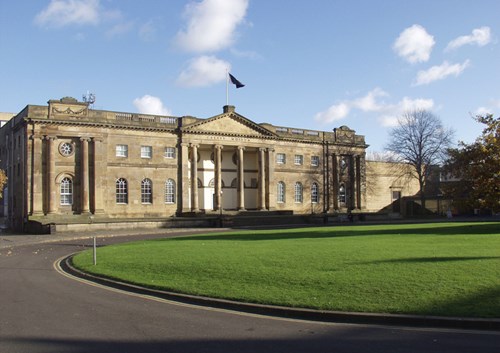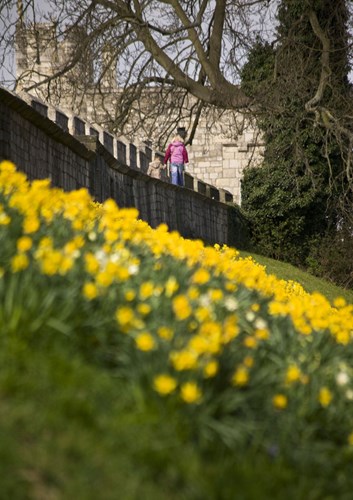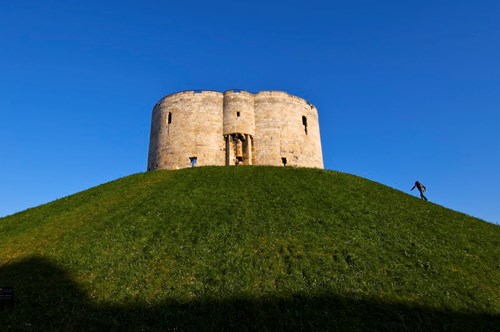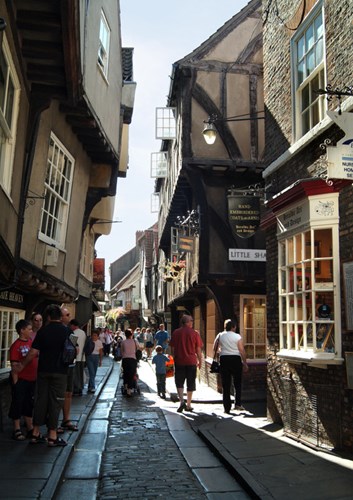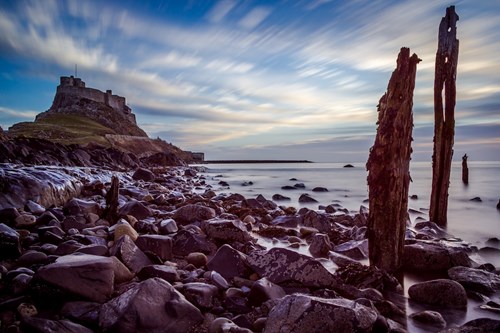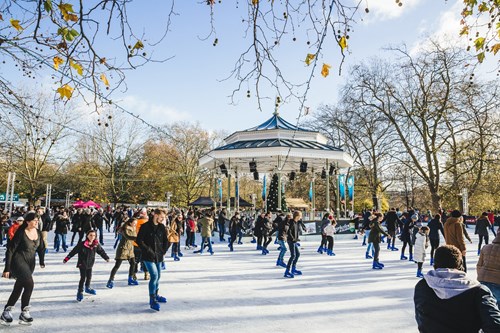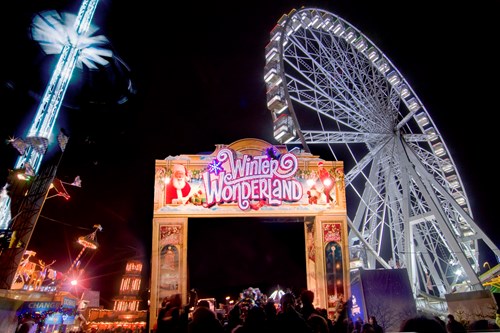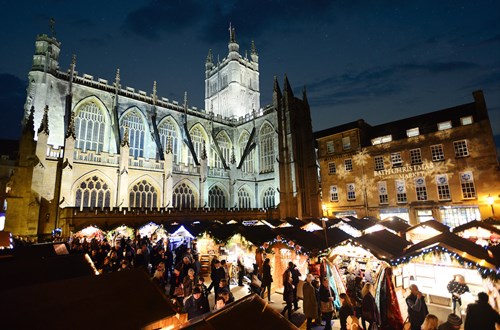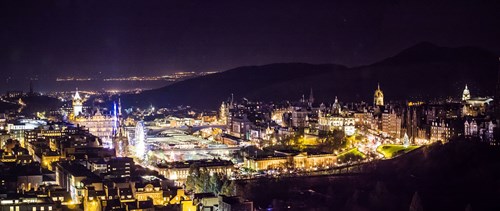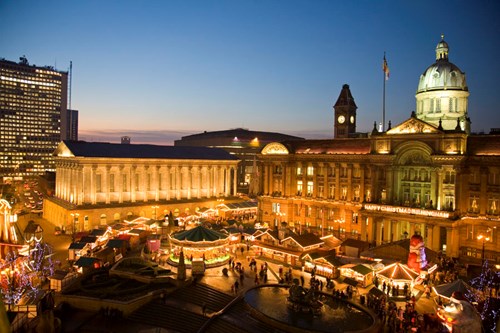Why Somerset is the best location for millennials
Nestled in the heart of the picturesque South West of England, Somerset is a destination waiting to be explored. While this charming county is often associated with rolling countryside and quaint villages, it has a lot more to offer than meets the eye. In this blog post, we'll delve into the top reasons why Somerset is an ideal destination for millennials aged 25-35 and why you should consider it for your next getaway.
Somerset Bed and Breakfast, Guest Houses & Hotels UK | Bed and Breakfasts Guide
Natural Beauty and Scenic Landscapes
Somerset's landscapes are nothing short of breathtaking. With its stunning rolling hills, serene meadows, and peaceful river valleys, the county offers a unique opportunity to escape the hustle and bustle of city life. Whether you're into hiking, cycling, or just relaxing in the great outdoors, Somerset's natural beauty has something for every nature enthusiast.
Historic Charm and Iconic Landmarks
For history buffs and culture seekers, Somerset is a goldmine of historic treasures. The county is home to some of England's most iconic landmarks, such as the mystical Glastonbury Tor, the awe-inspiring Wells Cathedral, and the medieval Montacute House. Exploring these sites is like stepping back in time and immersing yourself in the rich history of the region.
Vibrant Festivals and Events
Somerset knows how to throw a good party, and millennials will find plenty of lively events to enjoy throughout the year. The Glastonbury Festival, one of the world's most famous music festivals, takes place in Somerset and offers a unique experience that combines music, art, and a strong sense of community. Additionally, Somerset hosts a variety of food festivals, arts events, and local markets that showcase the best of the region's culture.
Blog about Glastonbury Festival
Quirky Accommodations
Somerset boasts an array of unique and quirky accommodations, ranging from traditional thatched cottages to glamping in yurts and beautiful sea view rooms. These distinctive options add an extra layer of charm and authenticity to your Somerset experience.
Conclusion
Somerset is a hidden gem that offers millennials aged 25-35 a unique blend of natural beauty, history, culture, and adventure. Whether you're seeking a relaxing escape from the urban grind or an action-packed getaway, Somerset has something for everyone. With its vibrant festivals, delicious farm-to-table cuisine, and an abundance of outdoor activities, this county is poised to become your next favourite travel destination. Don't miss out on the charm and beauty that Somerset has to offer - start planning your visit today!
The Swan Hotel, Wells, Somerset, Wells – Updated 2023 Prices (bedandbreakfastsguide.com)
Beryl Country House, Wells – Updated 2023 Prices (bedandbreakfastsguide.com)
Luxury Orchard Yurt, Chapel Allerton – Updated 2023 Prices (bedandbreakfastsguide.com)
Bossington Hall, Minehead, United Kingdom - Bedandbreakfastsguide (eviivo.com)
Tarr Farm Inn, Dulverton, United Kingdom - Bedandbreakfastsguide (eviivo.com)
Liongate House, Ilchester, United Kingdom - Bedandbreakfastsguide (eviivo.com)
The Vobster Inn, Radstock, United Kingdom - Bedandbreakfastsguide (eviivo.com)

